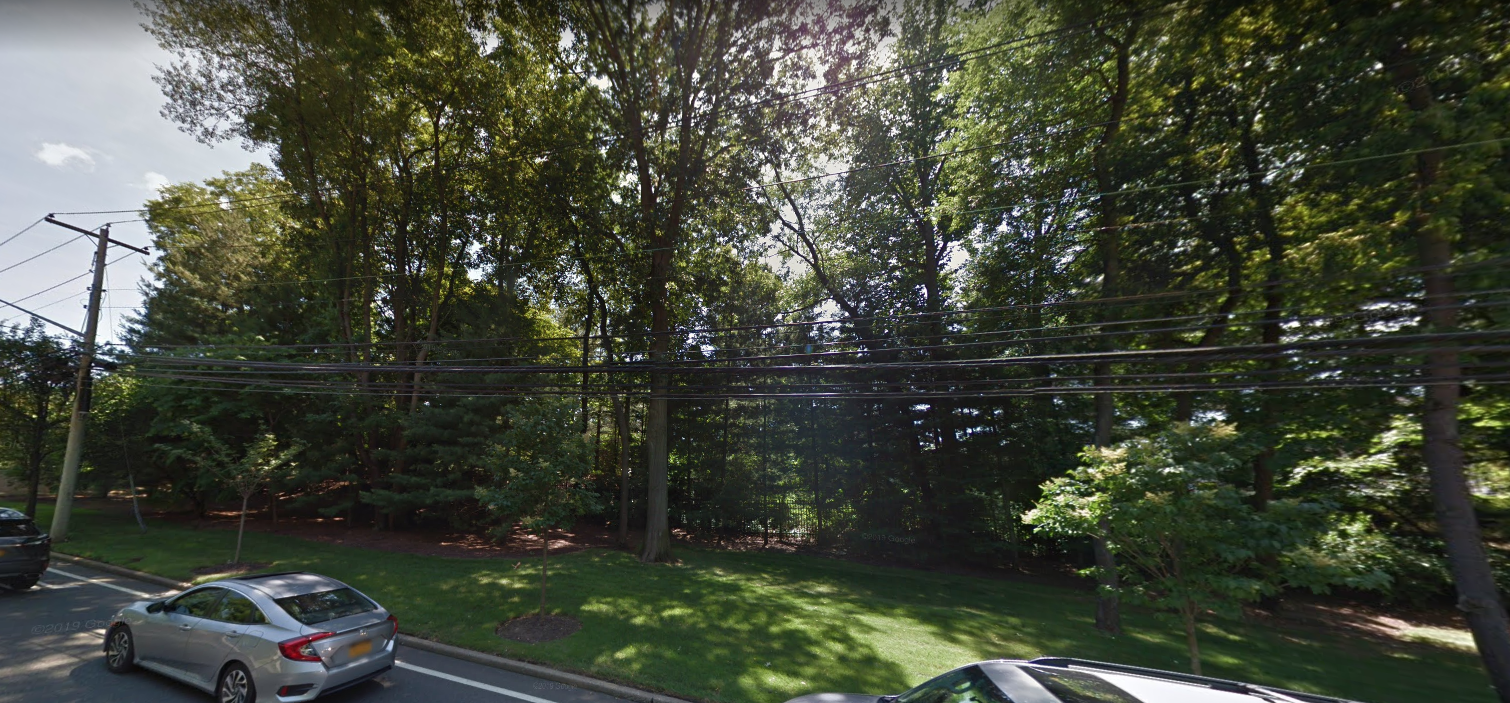Coyotes are almost certain to pop up in one of Manhasset’s most prominent wooded areas, according to a discussion hosted by the Unitarian Universalist Congregation at Shelter Rock’s Green Sanctuary Committee.
In a Zoom meeting held Tuesday night, the committee welcomed Enrico Nardone, executive director of the Islip-based Seatuck Environmental Association, to discuss the wildlife in the local woodlands.
Seatuck, together with the Manhasset-based Greentree Foundation, has conducted surveys and studies of the wildlife in the wooded area surrounding the congregation’s campus, informally called Whitney Woods, for the past 12 years. Over the years, the organizations have developed management plans for invasive species and sustainability plans for the property, and are beginning to work with the congregation on further surveys and plans.
Whitney Woods falls in the middle of a stretch of land Nardone calls “Coyote Alley,” and the woods have been identified as a prime area for coyotes to move through or stay in.
“At some point, it just seemed too obvious a place, so that’s why we started partnering with Greentree and the congregation, to try to see what’s coming,” Nardone said.
He added that the effort would involve cameras, tracks and scans, among other things, and that coyotes tend to be adaptable to differing environments and food sources.
“It’s hard to know exactly what they’re going to do all the time,” Nardone said. “That said, there’s a long track record of people watching coyotes over the years. We should generally know how they’re going to behave. What do they eat is one of the key questions. They’re very capable hunters, relying on a really wide range of prey from all kinds of rodents, rabbits, birds and snakes.”
Coyotes are known to also eat fruit, insects, vegetation and mammals like young deer, he said. Their omnivorous ways do, however, mean that they are likely to eat garbage and come closer to human habitation, putting household pets at risk.
“If they’re eating garbage, they’re close to human habitation,” Nardone said. “And at that point, conflicts arise. Coyotes certainly will take the opportunity to prey on cats and small dogs if the opportunities are presented.”
Nardone suggests that homeowners avoid putting garbage close to wooded areas and avoid letting small pets outside after dark.
“If your little dog or your cat is roaming around back there, the coyote doesn’t know that it’s somebody’s pet, it’s just a food source,” Nardone said.
All told, Nardone says, the keys to avoiding conflict will rely on simply being a good neighbor.
“We know coyotes can be good neighbors. They have a long track record of being good neighbors,” Nardone said. “The question is whether we can be good neighbors and whether we can take the steps to help … coexist with coyotes.”



